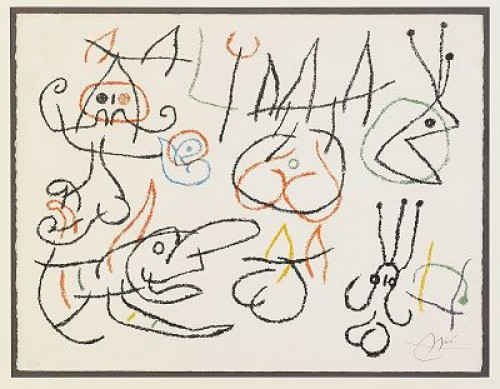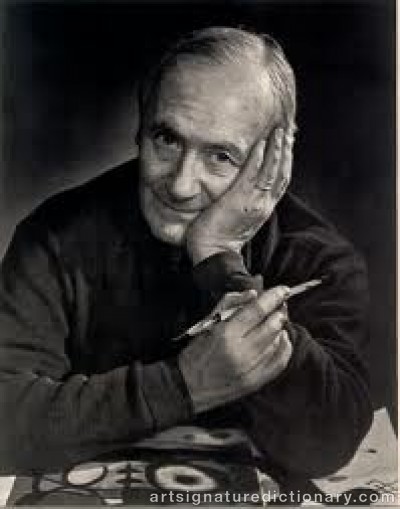
Joan MIRO
1893–1983, Spain/France
Also known as: Miró I Ferrà
Auction results
Browse authenticated auction records and market prices for artworks. These verified auction results provide valuable market data and price references.
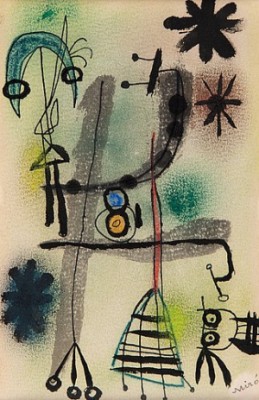
Untitled (personnages Et étoiles). (1952)
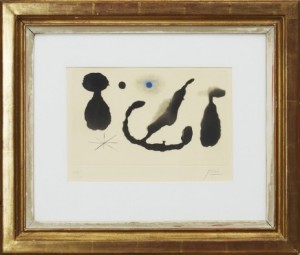
Saint James Parc Au Crépuscule (1958)
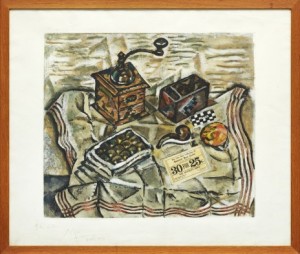
Le Moulin Au Café (1954)
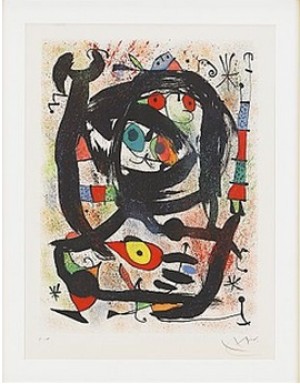
Lithographie Pour Le County Museum Of Art, Los Angeles (1969)
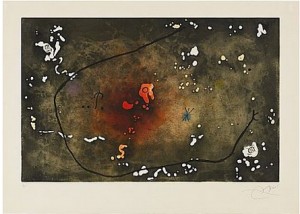
Archipel Sauvage Iii (1970)
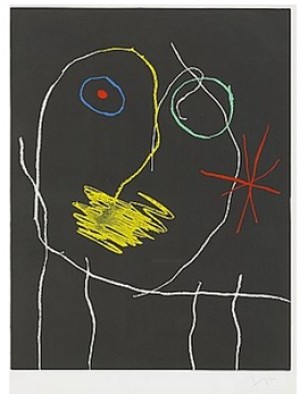
Le Prophéte La Nuit (1965)
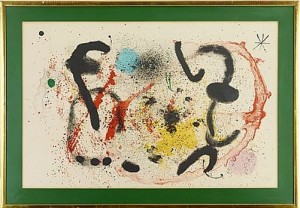
La Lutte Rituelle (1964)
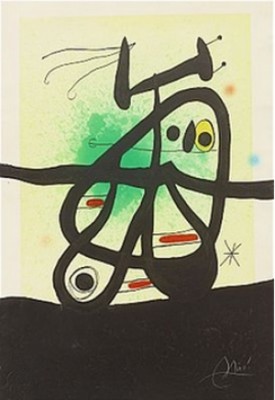
L'oiseaux Mongol (1968)
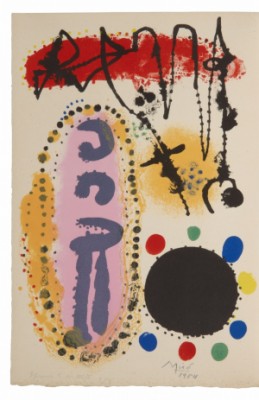
Frontispice Pour A La Sante Du Serpent De René Char, 1954 (1954)
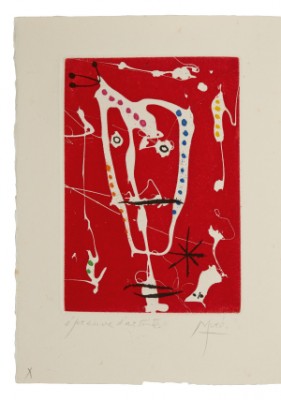
Frontispice Pour Les Brisants De Jacques Dupin. G.l.m. éditeur, Paris 1958 (Executed in 1958)
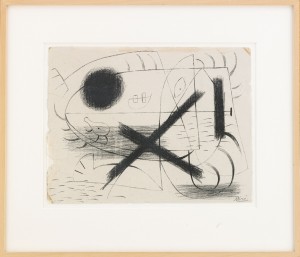
Lithograph I (1930)
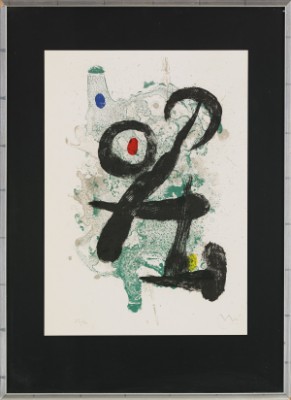
Le Faune (1963)
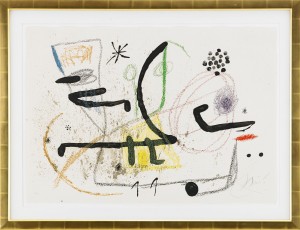
Ur Maravillas Con Variationes Acrósticas En El Jardín De Miró (1975)
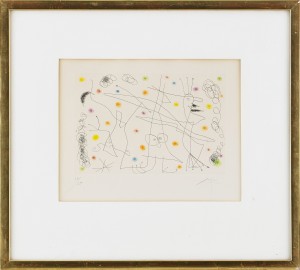
Strip-tease (Executed in 1959)
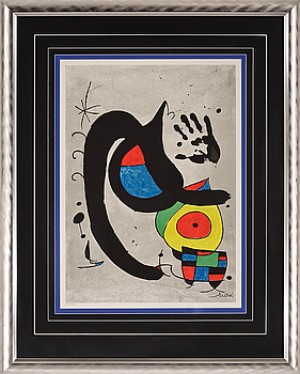
Komposition Med Handavtryck
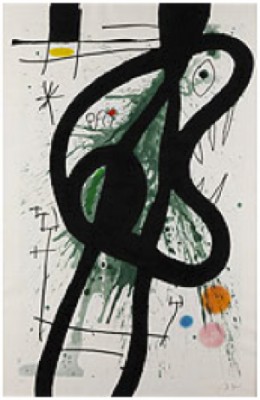
Le Grand Carnassier
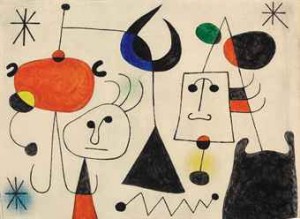
Personnages Et Oiseau Dans La Nuit (Executed ca.1944)
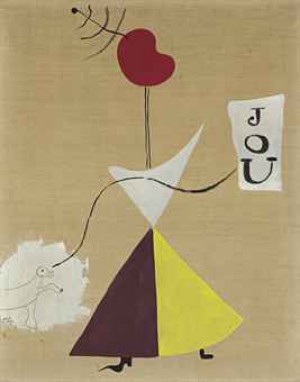
Peinture (femme, Journal, Chien) (1925)
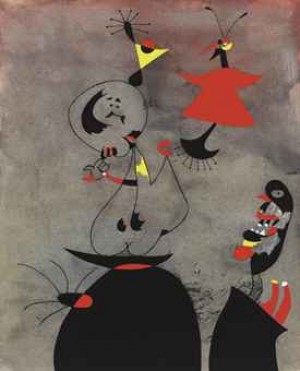
Dormeurs Réveillés Par Un Oiseau (1939)
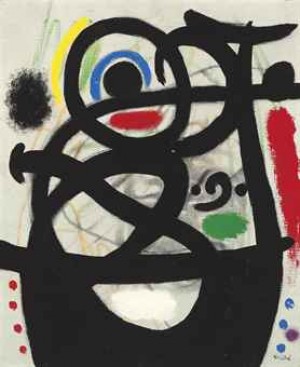
Femme (1969)
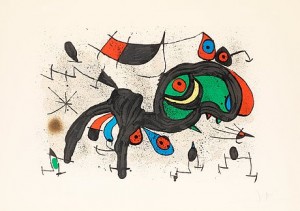
Le Bélier Fleuri, Ur: "dérriere Le Miroir No 193-194" (1971)
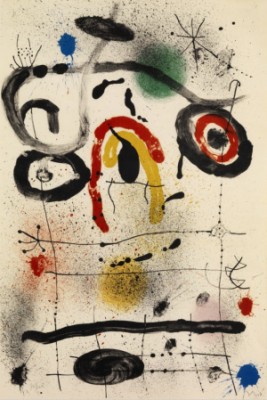
Personnage Au-dessus De L'horizon (1965)
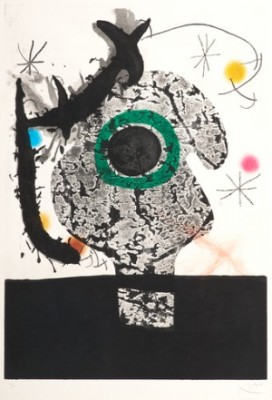
Polyphème (Executed 1968)
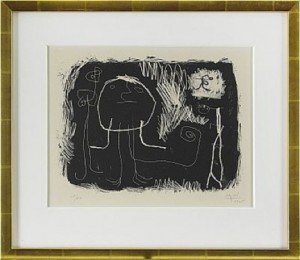
Personnage Dans Le Soleil (1948)
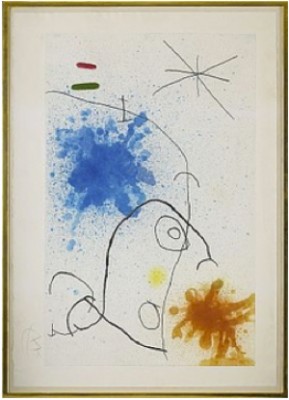
La Petite Fille Devant La Mère (1967)
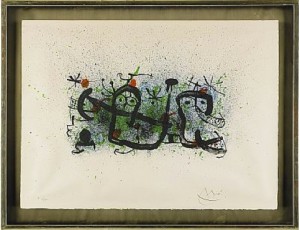
Ma De Proverbis (1970)
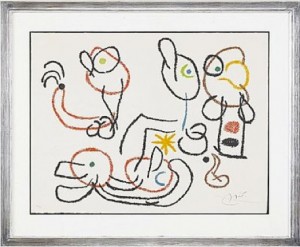
Ubu Aux Baléares (1971)
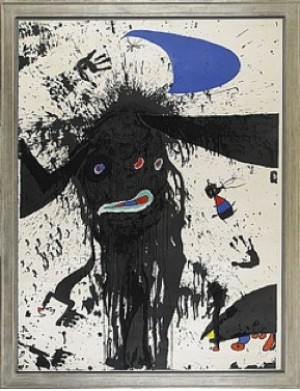
La Ruisselante Lunaire (1976)
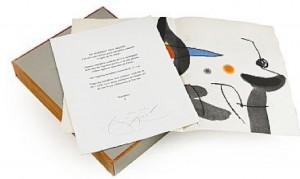
Le Marteau Sans Maitre, Suite Comprising 23 Unsigned Colour Etching/aquatints (Executed 1976)
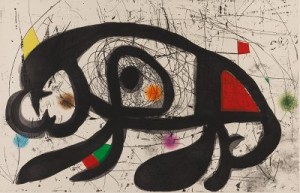
La Taupe Hilare (1975)
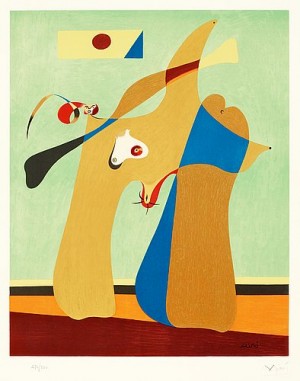
Une Femme (1958)
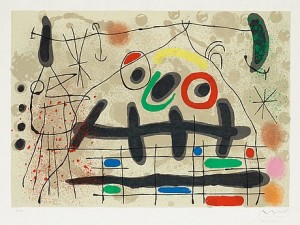
Utan Titel, Ur: "le Lézard Aux Plumes D'or" (1967)
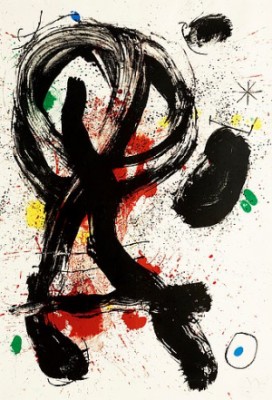
Le Vendangeur (1964)
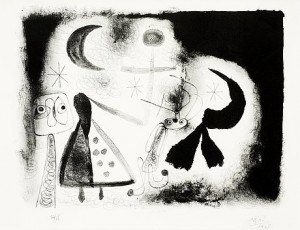
Untitled (1948)
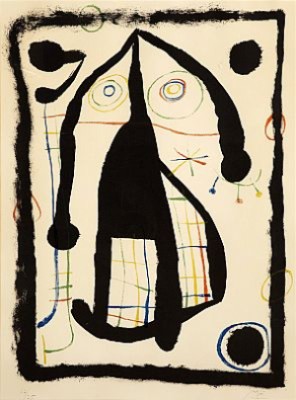
L étrangère (Executed 1958)
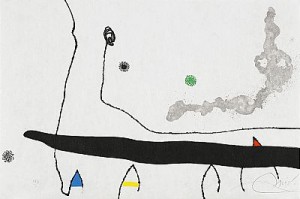
Le Marteau Sans Maitre (Executed 1975)
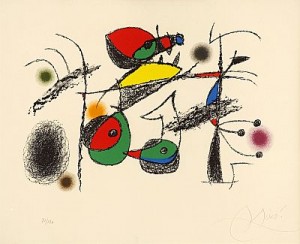
Raymond Queneau (Executed 1975)
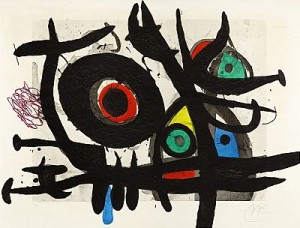
L Oiseau Destructeur (Executed 1969)
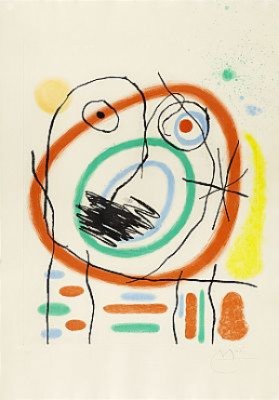
Le Prophète Encerclé (Executed 1965)
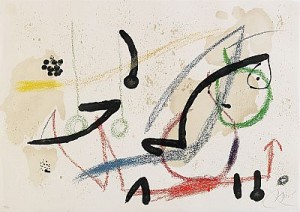
From The Series, Maravillas Con Variationes Acrosticas (1975)
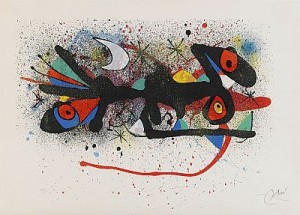
Céramiques De Miró Et Artigas (1974)
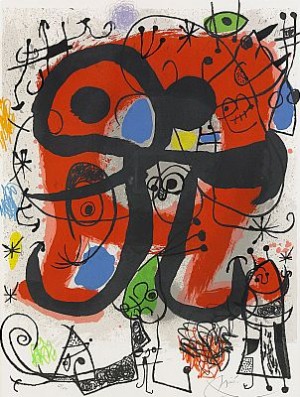
Le Lezard Aux Plumes D Or (1971)
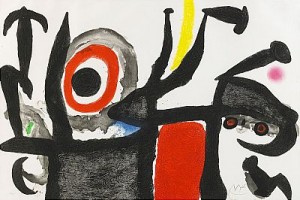
Manoletina (1969)
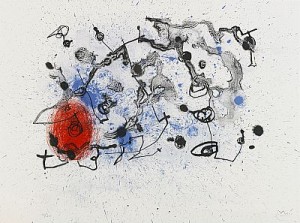
Série Ii: Rouge Et Lavis Bleu (1961)
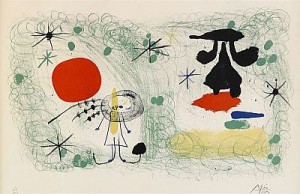
Personnage Dans Un Chardin Ii (1951)
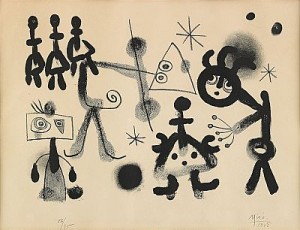
Album 13 (1948)
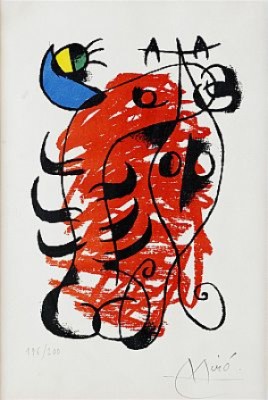
La Boîte Alerte (1959)
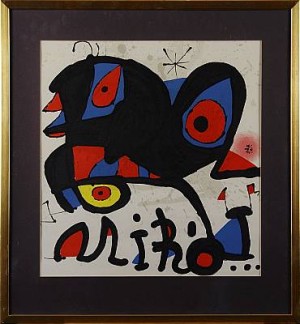
Komposition
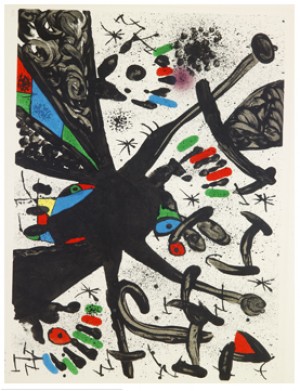
From Homenatge A Joan Prats
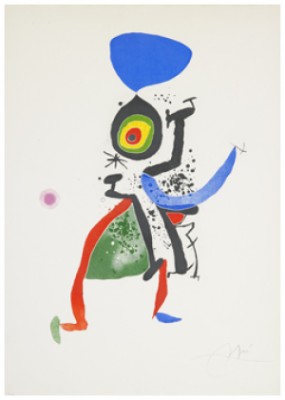
Salvat Papasseit
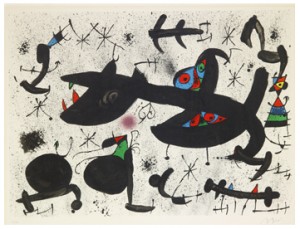
From Homenatge A Joan Prats
Maravillas Con Variaciones Acrôsticas En El Jardin De Miró
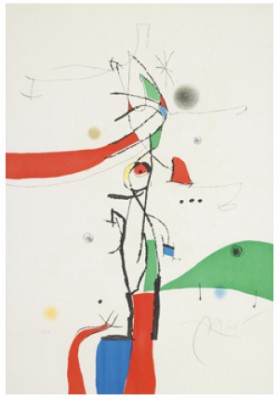
Demi-mondaine à Sa Fenêtre
Album 13 (1948)
Les Coccinelles
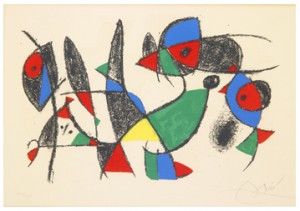
Untitled From “joan Miró Lithographe Ii
Untitled From Joan Miró Lithographe Ii
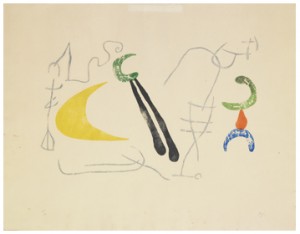
A Toute épreuve
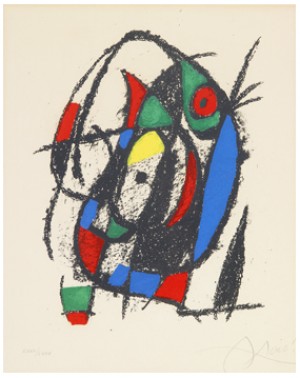
Untitled From Joan Miró Lithographe Ii
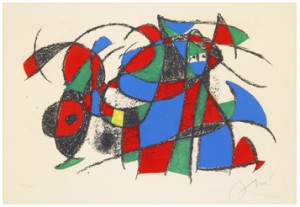
Untitled From Joan Miró Lithographe Ii
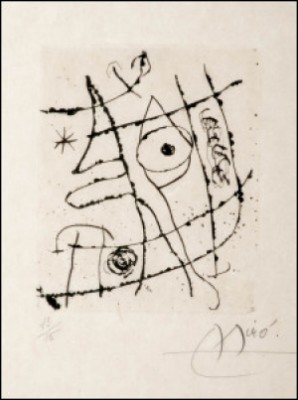
Without Title.
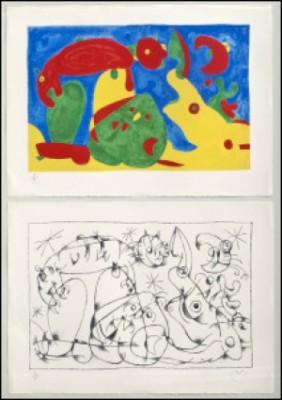
(2) Ubu Roi Xi, La Nuit L'ours
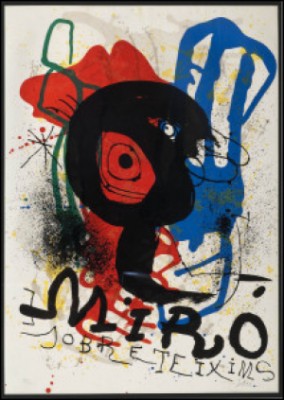
Affiche Pour L'exposition Sobreteixims
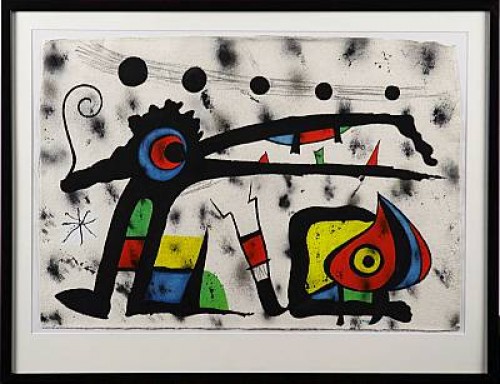
Komposition Med Fåglar
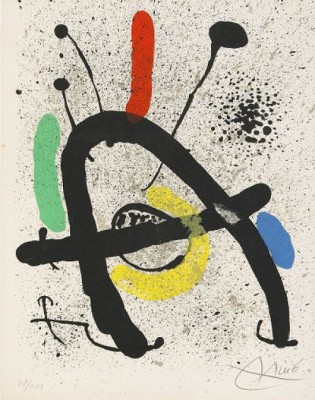
Cahier D Ombres (1971)
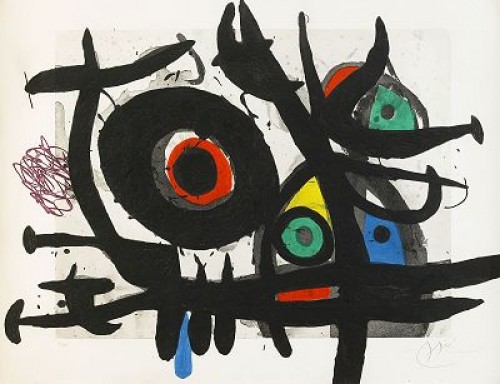
L Oiseau Destructeur (1969)
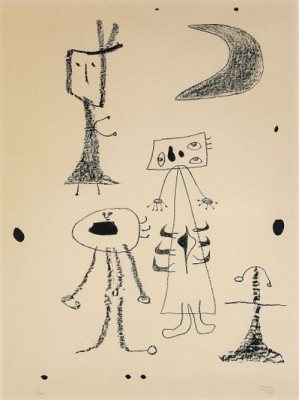
Les Femmes (1948)
Les Hommes (1948)
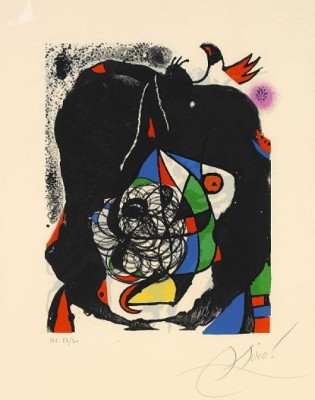
Les Révolutions Scéniques Du Xxe Siècle, One Plate (1975)
Les Révolutions Scéniques Du Xxe Siècle, One Plate (1975)
Strindberg (1976)
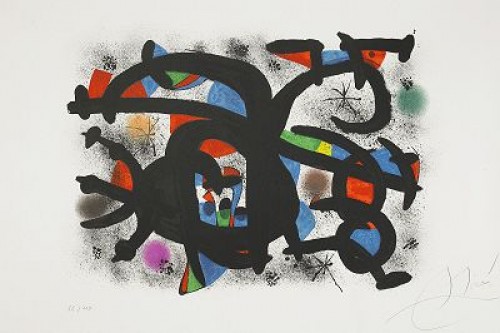
Le Calin Catalin (1881)
La Première Nuit Du Printemps (1981)
Les Amoureux Et Luna Park Ii (1981)
La Triple Roue Ii (1981)
La Luge Des Amants Ii (1981)
